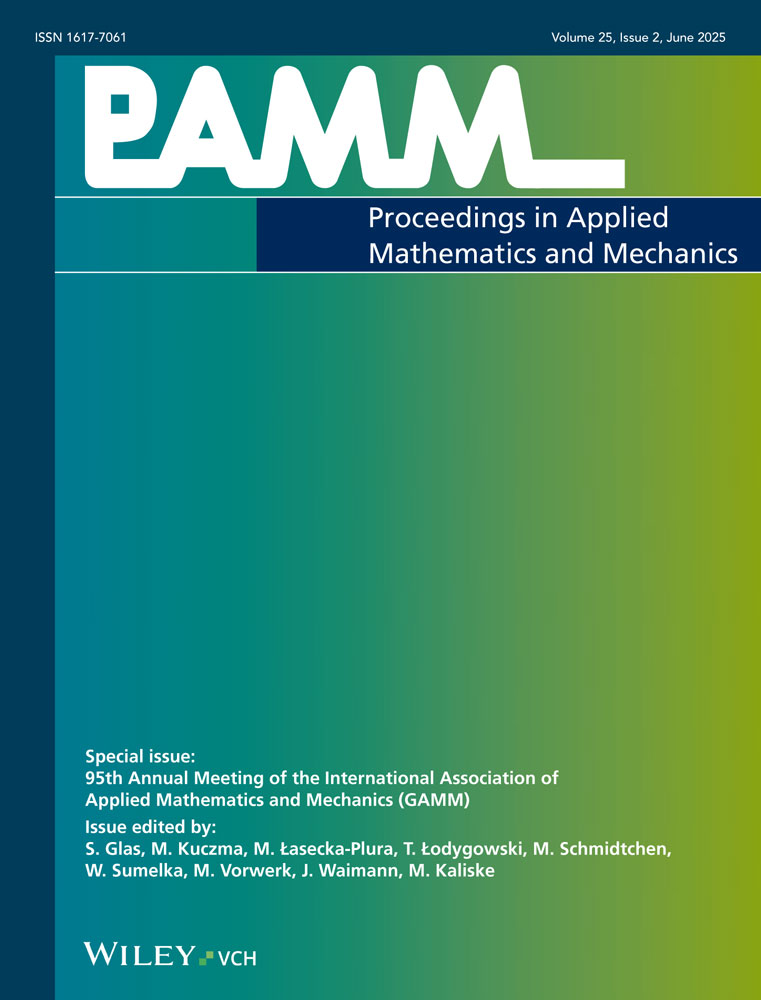On the dynamic behaviour of fluid-saturated soil within the framework of elasto-plasticity
Abstract
Phenomena related to porous media dynamics, such as wave propagation and liquefaction, are encountered in many engineering applications, especially, in geomechanics and earthquake engineering. Drawing our attention to fluid-saturated granular materials with heterogeneous microstructures, the modelling is carried out within a continuum-mechanical framework by exploiting the well-established macroscopic Theory of Porous Media (TPM) together with thermodynamically consistent constitutive equations. In this regard, the solid skeleton of the soil is described as an elasto-plastic material. The underlying equations are discretised and implemented into the coupled porous-media finite-element solver PANDAS and linked to the commercial finite-element package Abaqus through a general interface. This coupling allows the definition of complex intial-boundary-value problems through Abaqus, thereby using the state-of-the-art material models of PANDAS. In order to get a detailed understanding of the behaviour of the underlying soil model under dynamic loading conditions, a cyclic torsion test is numerically investigated. (© 2012 Wiley-VCH Verlag GmbH & Co. KGaA, Weinheim)




